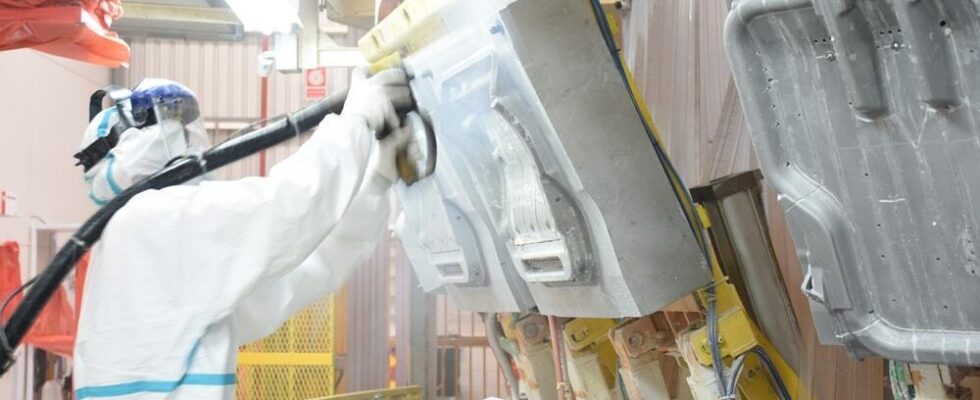If you’re in this article, it’s likely because you’ve either heard about dry ice blasting or are considering using this technology for your business. With all of the talk about this cleaning method, it’s no wonder that there is so much curiosity surrounding it. So, what exactly is dry ice blasting? How does it work? What are the benefits? We will answer all of these questions and more below.
What is dry ice blasting?
Dry ice blasting is a cleaning method that uses solid carbon dioxide (CO2) pellets to remove contaminants from surfaces. The CO2 pellets are accelerated through a blast nozzle using compressed air. When the pellets hit the surface, they vaporize on impact and create a mini explosion that lifts the contaminants off of the surface.
How does dry ice blasting work?
Dry ice blasting works by using the principles of thermodynamics. The CO2 pellets are frozen at -109.3 degrees Fahrenheit (-78.5 degrees Celsius). When these pellets come into contact with a warmer surface, they vaporize and expand rapidly. This rapid expansion creates a mini explosion that lifts the contaminants off of the surface. This process is often compared to the way popping popcorn works.
What are the benefits of dry ice blasting?
If you’re considering using dry ice blasting for your business, you’re probably wondering what the benefits are. Here are just a few of the many benefits that this technology offers:
- It’s non-toxic and safe to use around food– This is a huge benefit if you run a food-processing facility. Dry ice blasting is FDA approved for use in food-processing facilities, so you can rest assured that your food is safe.
- It’s gentle on surfaces– Unlike other cleaning methods, dry ice blasting will not damage the surface of your equipment. This is because the CO2 pellets vaporize on impact, so there is no abrasion.
- It’s fast and efficient– Dry ice blasting is a very fast and efficient way to clean surfaces. In most cases, the entire surface can be cleaned in just a few minutes. All you need is a dry ice blaster and some CO2 pellets.
- It’s environmentally friendly– Because dry ice blasting is gentle on surfaces and doesn’t use harsh chemicals, it’s much better for the environment. This is a huge benefit if you’re looking for a more sustainable cleaning method.
- It’s cost-effective– Dry ice blasting is a very cost-effective cleaning method. In most cases, it’s much cheaper than other methods, such as sandblasting or power washing.
As you can see, there are many benefits to using dry ice blasting. If you’re looking for a fast, efficient, and environmentally friendly way to clean surfaces, this is definitely the method for you.
What are the risks or side effects of dry ice blasting?
Despite the many benefits, there are some risks or side effects associated with dry ice blasting. These include:
- It’s loud– Dry ice blasting is a very loud process. If you’re not used to the noise, it can be quite jarring. Make sure you wear ear protection when operating a dry ice blaster.
- It’s cold– The CO2 pellets used in dry ice blasting are very cold. If you come into contact with them, they can cause frostbite. Make sure you wear gloves and other protective clothing when handling the pellets.
- It’s messy– Dry ice blasting is a very messy process. The pellets will scatter everywhere when they hit the surface. This can make cleanup a bit of a challenge.
Despite these risks, dry ice blasting is still a safe and effective way to clean surfaces. Just make sure you take the necessary precautions to avoid any accidents.
How much does dry ice blasting cost?
The cost of dry ice blasting depends on a few factors, such as the size of the job and the equipment you use. In most cases, the cost is around $0.50 to $1.00 per square foot. You can expect to pay more if you hire a professional to do the job for you.
If you’re considering dry ice blasting for your business, make sure you weigh the pros and cons carefully. This technology offers many benefits, but there are also some risks involved. Ultimately, the decision is up to you.


